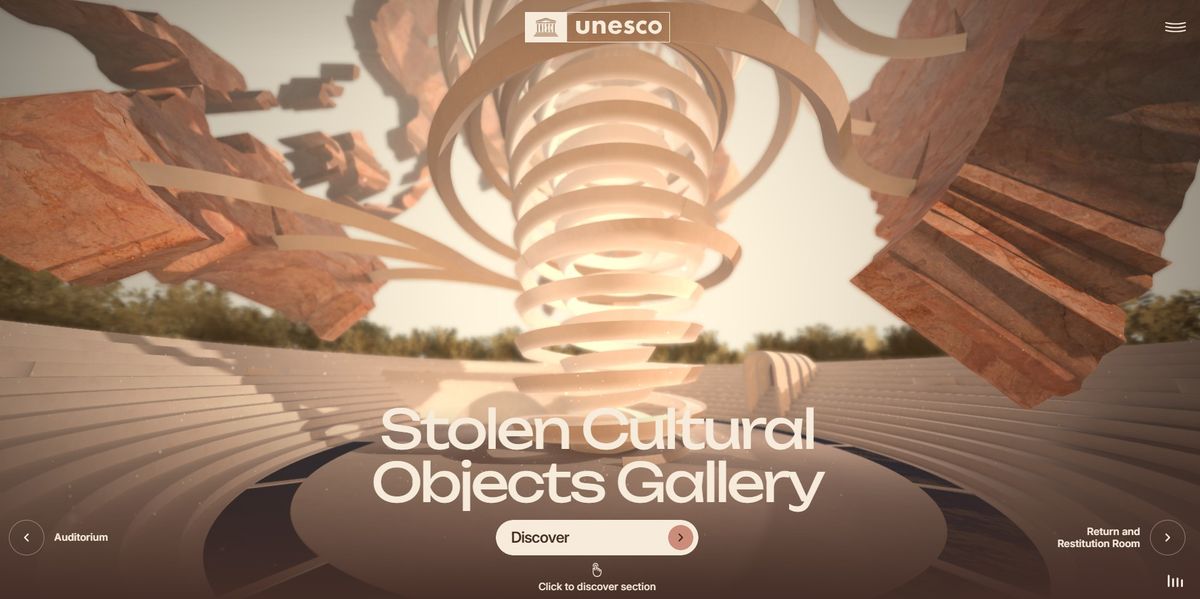Unesco has this week launched its Virtual Museum of Stolen Cultural Objects which, using the United Nations (UN) cultural body’s database of thousands of looted artefacts, reconstitutes and presents objects in 3D form.
The initiative was launched on 29 September at Unesco’s World Conference on Cultural Policies and Sustainable Development in Barcelona. The virtual museum is designed by the Burkinabé architect Francis Kéré and funded by the Kingdom of Saudi Arabia.
Unesco, which first announced the initiative in 2022, says in a statement: “The museum was developed in response to the call of [UN] member states for a coordinated strategy to raise awareness on illicit trafficking.”
The project was designed in collaboration with The International Criminal Police Organisation (Interpol). “Unesco’s 1970 Convention calls on signatory states to combat the illicit trade in cultural property—a market that Interpol warns is increasingly dominated by organised criminal networks,” the statement adds.
The museum is split into various sections, such as the ”auditorium”, which outlines the aims of the new virtual platform. In the “stolen cultural objects gallery”, objects such as a Syrian gold pendant dating from 120AD and taken from the Palmyra Museum are presented on a timeline. Texts in the “return and restitution room” describe how objects have been recovered, outlining the repatriation of a trilobite fossil to Morocco by Chilean customs in April 2024.
Audrey Azoulay, the director general of Unesco, says in a statement: “Behind every stolen work or fragment lies a piece of history, identity and humanity that has been wrenched from its custodians, rendered inaccessible to research, and now risks falling into oblivion. Our objective with this is to place these works back in the spotlight, and to restore the right of societies to access their heritage, experience it, and recognise themselves in it.”


